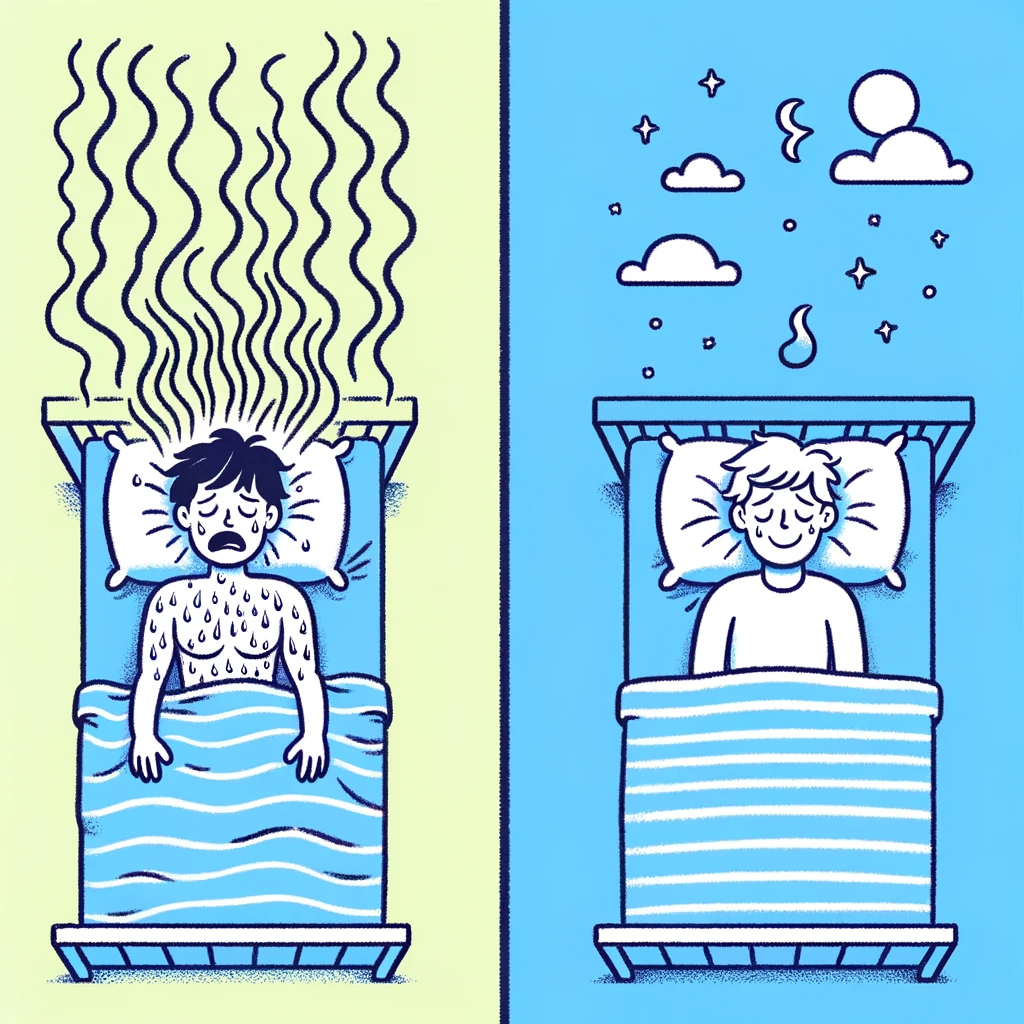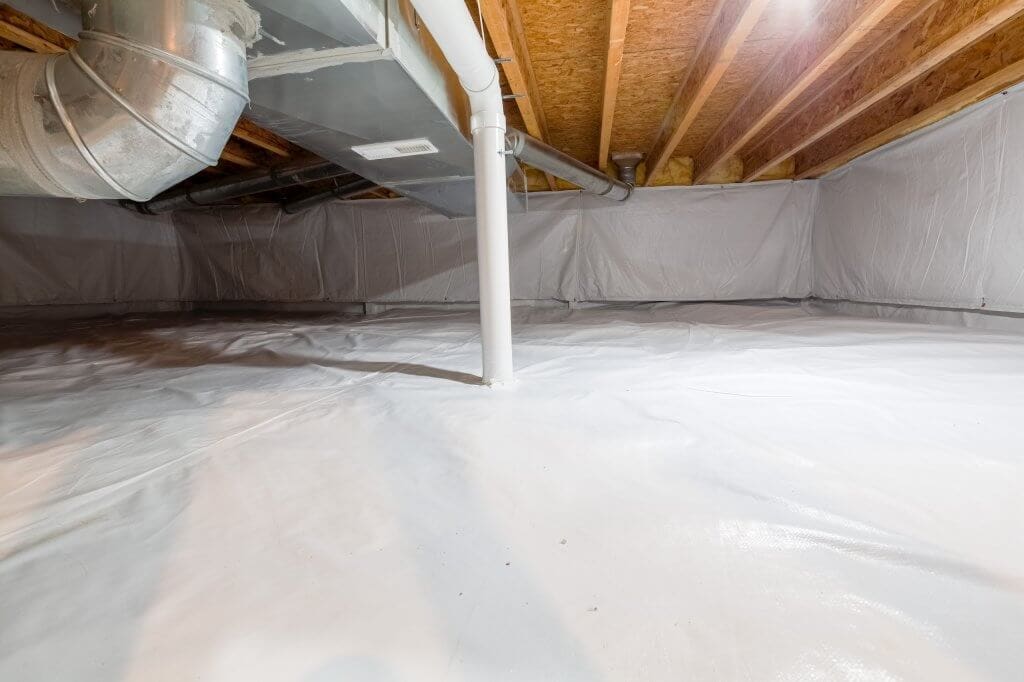Preventing mold from growing in your living and working space is something everyone can get behind. But how can you actually prevent mold from growing? The answer lies with humidity control. Ensuring your home has good indoor humidity levels and proper humidity regulation prevents moisture build-up. It’s one of the best and easiest practices to prevent mold growth.
What Is Mold?
Mold, beyond being a gross and scary organism, is a fungus. It can grow in many colors and shapes and can survive almost anywhere both indoors and out. Mold and mildew thrive in damp settings, making homes with high moisture levels their happy place. Damp areas can include leaks in roofs or walls, a space that recently flooded or water-damaged areas around bathroom windows and doors due to steam. As a living organism, mold slowly breaks down the surface it grows on, causing damage to your home.
Mold is able to grow on any material in the right setting. And sadly, it grows and spreads quite easily. This is part of the reason why it’s absolutely crucial to stay on top of your home’s humidity levels. Mold spores can travel through the air, potentially spreading and growing throughout the space. Not to mention, because mold travels via air, you can breathe in the fungus and get sick. (Not fun, we know.)
If your body is particularly sensitive to mold spores or you’re exposed to a lot of mold or mildew, you’ll experience certain symptoms. For some, mold exposure is simply a stuffy nose, itchy eyes and skin, similar to an allergy attack. More severe issues include asthma and respiratory infections.
Another downer—mold is quite common indoors. However, once mold or mildew growth is bad enough, it is easily detected, either by sight or smell. Most of us would rather stop it before it starts, so how can humidity control prevent mold growth?
What Is the Ideal Indoor Humidity Level?
One way to prevent mold growth is to maintain a good indoor relative humidity level. And the ideal indoor humidity range falls between 40 and 60%. If humidity levels in your home are over 60%, then the air can potentially create enough moisture that it enables mold growth. It’s important to monitor humidity levels in your home for this reason. One of the more common signs of high indoor humidity is condensation on the inside of windows and doors. This is a major tell-tale sign that your home is likely suffering from excess humidity.

Whole-Home Dehumidifier
Humidity control is a slightly complex indoor air quality control method because there are two opposite options—humidifiers and dehumidifiers. The one best for your home depends on location and local climate as much as your living habits and HVAC system. A local IAQ expert can help determine which is best. But, for a home suffering from mold growth or increased moisture, the answer is likely a dehumidification system.
Dehumidifiers help prevent mold and mildew growth and reduce the number of bacteria and virus particles. A dehumidifier uses a fan to collect air and remove excess moisture from the air. The moisture becomes water and is kept in a reservoir while the dried air returns to the air supply, circulating through the home. A whole-home dehumidification system does all the work for you, automatically adjusting to the amount of humidity present, regulating and maintaining the ideal range at all times.
Humidity Control Upgrades
Upgrading to a whole-home dehumidifier is a great long-term healthy home investment. And when it comes to the best way to both stop and prevent mold growth, humidity control is at the top of the list. Ensuring that the corners, cracks and crevices of your home don’t become a breeding ground for mold and mildew is worth the upgrade.






